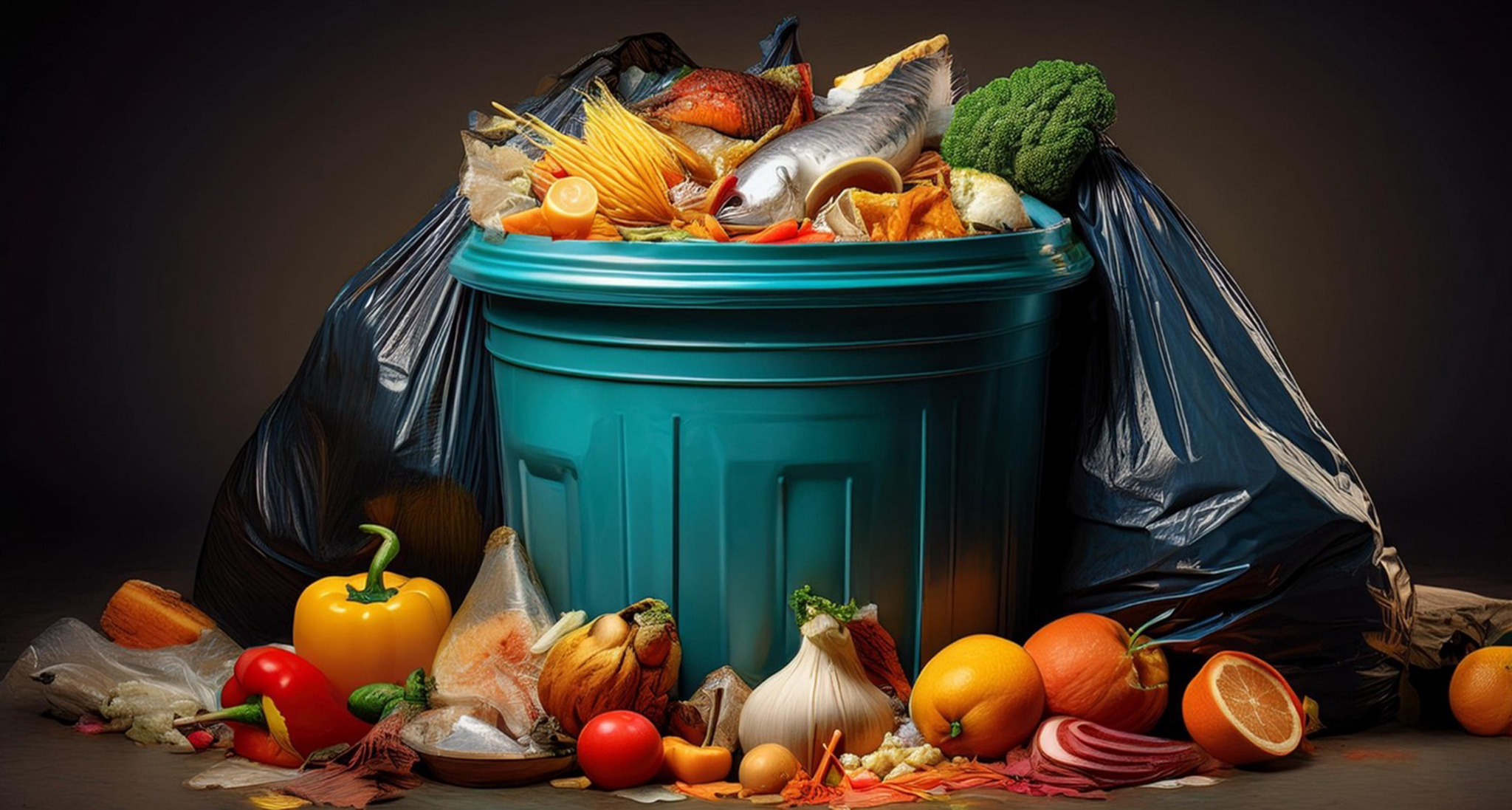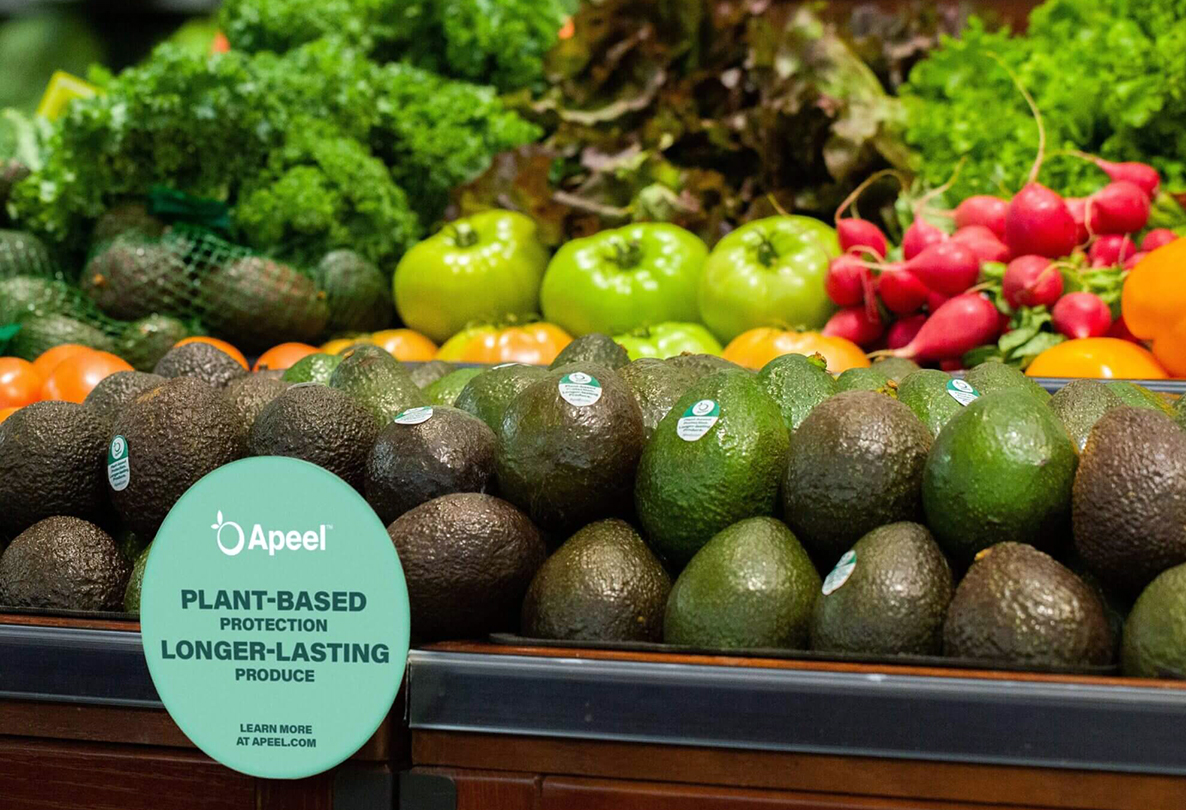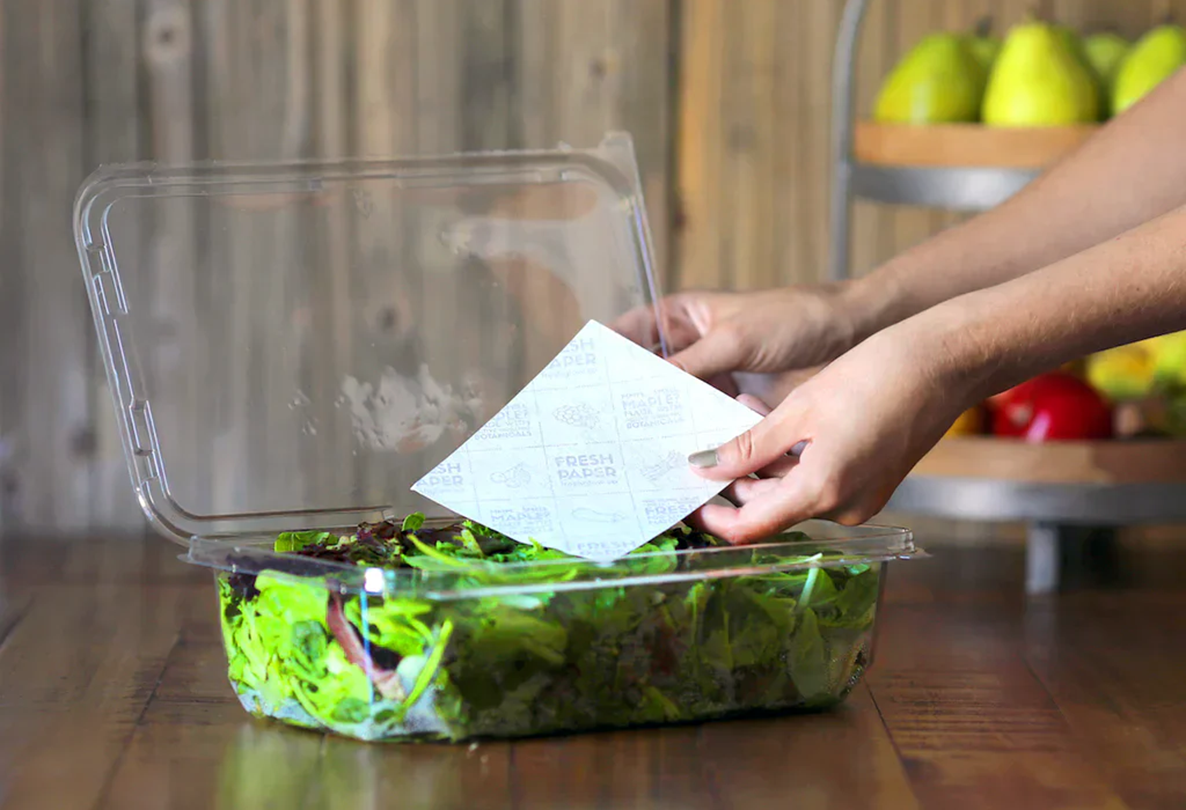[08. Forward-looking
It is packaging that places itself in a correct relationship with its future. Packaging is capable of acting today based on possible future impacts. The choices that determine today's packaging cannot be made starting from an immediate advantage, but must take into account the consequences that derive from it.
Packaging: an ally against food waste. Technology and design at the service of a sustainable future.

Since 2020, September 29th has been celebrated as the International Day of Awareness of Food Loss and Waste, established by the United Nations to raise public awareness of an alarming phenomenon that represents a global challenge that is still very current.
Food waste and food losses not only have a devastating impact on the environment, contributing to 8-10% of global greenhouse gas emissions (IPCC, 2019), but they also represent an enormous waste of resources in a world where 735 million people suffer from hunger globally (FAO et al., 2023).
Addressing this challenge requires a joint commitment at all levels, from institutions to individual citizens to reduce this unacceptable waste, promoting sustainable and responsible practices in the production, distribution and consumption of food. Only in this way will we be able to guarantee a future in which food is a right for all and a resource respected and valued.
It is important to distinguish between food loss, which occurs in the initial stages of the production chain, and food waste, which occurs in the final stages, from retail trade to domestic consumption. While food loss is often linked to infrastructural and technological limitations, food waste is mainly caused by inappropriate behaviors such as excessive purchasing, incorrect storage and poor awareness of the value of food.
In 2021, approximately 13% of food, equivalent to 931 million tonnes or 120 kilograms per capita, was lost in the supply chain, from post-harvest to before reaching store shelves (FAO, 2023 ); an estimated 1.05 billion tonnes of food was wasted in households, food service and retail in 2022, the equivalent of 132 kilograms per capita (UNEP, 2024).
If Reducing food waste and food losses are also two of the EU’s main objectives to achieve a circular economy by 2050..
If the strategies to reduce food losses mainly consider adjustments in production and technological improvements in post-harvest management, treatment, storage and distribution, to combat food waste, targeted interventions must instead be introduced to encourage improved product conservation and consumption. more aware (FAO, 2024).
Packaging can play a fundamental role in reducing food waste, thanks to innovations in design and technologies that help extend the shelf life of products, monitor their freshness and facilitate consumption. The use of barrier materials, modified atmospheres and active technologies can slow the deterioration of foods, keeping them fresh for longer and reducing the need to discard them prematurely. Furthermore, smart labels, time-temperature indicators and sensors integrated into packaging can provide real-time information on the freshness of products, helping consumers to make informed choices and avoid throwing away good food. Finally, packaging with clear information on storage methods and times can help consumers better manage food consumption, avoiding waste.
Several companies around the world are already adopting innovative packaging solutions to contribute to the reduction of food waste.


Companies like Apeel Sciences and FreshGlow are focused on developing solutions that extend the shelf life of foods, using natural coatings or other elements to delay spoilage and keep produce fresh longer.
Apeel Sciences is a Californian company founded by James Rogers in 2012 with the aim of fighting food waste. The company has developed an innovative technology which consists of an invisible coating based on plant lipids: applied to fruit and vegetables, it creates a sort of invisible, odorless and tasteless “second peel” which slows down the deterioration process, doubling or even tripling according to the company’s estimates, the shelf life of the products.
The coating is composed of purified monoglycerides and diglycerides, edible fatty acids commonly found as natural compounds in the peels, seeds and pulp of fruits, vegetables and other plants. The company extracts an oil which is then transformed into a colourless, odorless and tasteless powder which, with the addition of water, can be applied to products as a spray, with a brush or by immersion. This ultra-thin protective coating mimics the natural cuticle layer developed by many leaves, stems, fruits and flowers as a form of protection, locking oxygen and moisture inside, slowing the rate at which the product deteriorates.
Today, Apeel Sciences collaborates with several supermarket chains and manufacturers around the world to reduce food waste and ensure fresher products for consumers.
FreshPaper by FreshGlow is an innovationnborn in 2010 from the idea of Kavita Shukla, who was inspired by an ancient Indian remedy based on spices to preserve food from contamination. He had discovered this remedy after accidentally drinking contaminated water while visiting his grandmother in India. Impressed by its effectiveness, Kavita began experimenting as early as middle school, and while studying at Lemelson-MIT di Harvard developed sheets of paper infused with organic spices that slow the deterioration of fruits and vegetables, prolonging their freshness up to four times. At the age of 17 he obtained the patent for what would become FreshPaper.
In 2010 he founded Fenugreen (now The Fresh Glow Co.) to market FreshPaper. The project quickly earned numerous awards, including the Index Award 2013 by The Index Project, for its simple but revolutionary innovation.
Today FreshPaper is used in over 35 countries and FreshGlow is globally recognized for its commitment to fighting food waste and its positive social and environmental impact. The company continues to innovate, expanding its range of sustainable food preservation products.


Insignia Technologies and Mimica Touch offer innovative solutions to monitor food freshness in real time, improving consumer awareness of waste. Insignia’s smart labels change colour, while Mimica Touch uses haptic technology to indicate the product’s condition.
Insignia Technologies, founded in 2012, is a Scottish company specializing in innovative printing technologies and solutions to produce color changing packaging labels easily and affordably. The main objective is to reduce food waste through constant monitoring of the quality and freshness of products and clear communication of the state of conservation of food. The key component of the smart labels is Insignia’s patented smart pigments, which change color in response to changes in CO₂ levels or temperature.
Labels are of different types: they can be preset to change appearance after a certain period of time or based on certain temperature ranges (FreshTag); they can also tell consumers how long a package of packaged food has been open (After Opening Timers); or, they can highlight the presence of perforations in the package (Leak Detection Label), in particular the very small ones (called “pin hole”), which undermine the integrity of products packaged in a modified atmosphere (containing CO₂).
Mimica Touch provides a tactile indication of the freshness of the food. Created in 2014 by Solveiga Pakštaitė, a Lithuanian designer based in London, this label deteriorates at the same rate as the food to which it is applied, thanks to a gel calibrated to decompose in a similar way to food.
Initially smooth, the surface of the label develops reliefs as the food loses freshness: the gel, solid at first, hides the underlying plastic reliefs, but with deterioration it progressively liquefies, making the reliefs evident to the touch and thus signaling that the food has exceeded its optimal state of conservation. The deterioration rate of the gel varies with ambient temperature, just as with food, thus ensuring an accurate indication of the freshness of the food under various storage conditions.
Originally designed for people with visual impairments, Mimica Touch stands out as actually being useful to anyone, providing a simple and intuitive way to evaluate the freshness of food. In addition to receiving prizes and recognition, this project was among the finalist projects of the Index Award 2019 of The Index Project.
In addition to smart labels, applications are available for food inventory management. NoWaste is a Danish app that helps consumers track the expiration dates of food in their refrigerator and pantry, sending notifications before food goes bad. In this way, timely consumption is encouraged and household waste is reduced.
Among the applications for the intelligent management of food inventory on the market, we can mention NoWaste, born in 2015 from the desire to provide a practical tool to address the global problem of food waste on an individual level. Its main functionality is to facilitate the management of food in the pantry, refrigerator and freezer. The user has the possibility to manually enter or scan the barcodes on the product packaging, setting the relevant expiry dates. The application, in turn, will send timely notifications when a product approaches its expiration date, thus encouraging timely consumption. Furthermore, NoWaste is able to suggest recipes based on the ingredients actually available at home, promoting the use of existing resources before purchasing new foods. Creating shopping lists directly within the app further helps to avoid unnecessary purchases. Among the strengths of NoWaste, in addition to the intuitive interface, we highlight the possibility of customizing the application based on your needs and food preferences.
Over time, numerous applications similar to NoWaste have been developed, such as, Fridge Pal, Kitche, Pantry Check, SuperCook and many others. Each of these apps has specific features, such as collaborative meal planning offered by Kitche or inventory management with custom categories by Pantry Check. However, most share a basic feature set, including barcode scanning, expiration notifications, creating optimized shopping lists, and meal planning based on available ingredients. The choice of the most suitable app depends on individual needs and preferences, identifying the one that best integrates with your lifestyle and eating habits. Applications for the intelligent management of food inventory represent a valid support for combating the problem of food waste, promoting more responsible and sustainable consumption of food resources. However, their limitation is that their effectiveness depends on people’s diligence in constantly updating the inventory.
Innovation in packaging, as demonstrated by the examples presented, is crucial to combat food waste. However, a future in which food is valued and losses minimized requires the commitment of everyone: producers, distributors, consumers and institutions. Only by adopting an ethical and responsible approach is it possible to build a sustainable world.
[ AI-generated opening image

